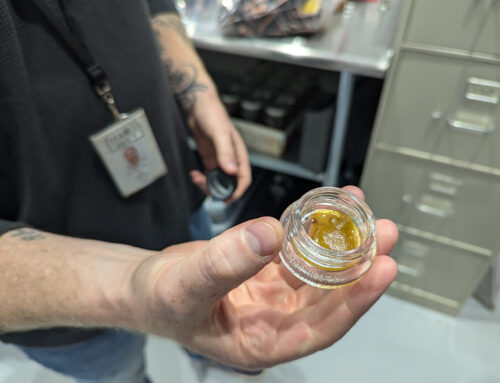It’s a good time for ag businesses to explore solar energy’s funding opportunities
October 18, 2024

Solar energy remains a hot topic in the agricultural community, based on the questions I’m getting.
Farmers, livestock producers and processing plant managers recognize the advantages of adopting a renewable energy source that can lower their utility bills. They also know solar can be a smart way to get on board with the nation’s move to a greener power grid. They’re intrigued with solar energy’s ability to generate additional income for agricultural producers and rural landowners.
What they’re curious about is the availability of tax credits and other government funding to help finance solar projects. I’m happy to report those opportunities are out there.
The Inflation Reduction Act is one of the best financial resources to help ag businesses pay for these energy-producing projects. The 2022 legislation provides a base tax credit of 30% of the cost of a solar project under 1 megawatt in size.
The IRA also offers another significant incentive for solar.
“The Inflation Reduction Act also made these federal tax credits transferrable, so if you can’t use them, you can sell them,” said Donna Funk, my colleague and Pinion principal. “Historically, federal tax credits weren’t transferrable. But now, you can actually monetize them.”
In other words, you can take that solar tax credit and turn it into cash. That’s money you can use for production needs, business growth or other uses. Moreover, the cash you receive for selling your solar tax credit is not taxable.
Funk, who also manages Pinion’s biofuels market, further believes the IRA’s solar tax credits will remain available no matter who is elected president in November.
Do your research
It makes sense for feed yards, dairies, hog operations, ethanol plants, cotton gins and other facilities with high energy demands to look into solar energy and its financial opportunities. Consider the following areas as you explore solar for your business.
- Your state and the energy grid. If you can’t use all the electricity your solar panels generate, are you in an area where you can sell excess power back to the grid and benefit financially that way? Every state is different, so you’ll need to find that out. “Even if you can’t sell back to the grid, it’s a benefit if you can use most of the energy you would be producing,” Funk said. You also can lease farmland to a solar developer for added revenue.
- Do you have the footprint for your solar panels? While solar projects are often installed on the ground, they don’t always have to be located there. Solar panels can operate on other kinds of open space. I’ve heard some livestock operations have put their solar panels on top of cattle sheds or other onsite buildings. Maybe that section corner or unused ground could host a solar project.
- Remember REAP. The Inflation Reduction Act also provided more than $2 billion for USDA’s Rural Energy for America Program. REAP provides guaranteed loan financing and grant funding to agricultural producers and rural small businesses. The increased funding for REAP runs through 2031. Agricultural producers can use the program to install renewable energy systems or to make energy efficiency improvements. A REAP grant also could be used to fund your solar project’s feasibility study.
- Consider a solar installation instead of a CRP contract. If your contract for land enrolled in the Conservation Reserve Program is ending, and you’re evaluating whether to re-enter the CRP or do something else, there may be advantages to putting solar on that land instead.
- Reach out to learn more. As part of your research, talk to your local USDA office about solar project funding opportunities. You should also talk with your local power company for insights into solar power installations in your area. Funk and her team can help you identify the rules for your state regarding net metering and much more. There are plenty of companies and consultants out there eager to help you with solar projects, but educate yourself. Get recommendations from others who have solar projects at their farms or ag operations. Seek competent help.
Solar energy projects pencil out better than they used to, thanks to federal and state tax credits, grants and loans. It’s a good time to explore how solar could work for your ag business.
Editor’s note: Maxson Irsik, a certified public accountant, advises owners of professionally managed agribusinesses and family-owned ranches on ways to achieve their goals. Whether an owner’s goal is to expand and grow the business, discover and leverage core competencies, or protect the current owners’ legacy through careful structuring and estate planning, Irsik applies his experience working on and running his own family’s farm to find innovative ways to make it a reality. Contact him at [email protected].
Search
RECENT PRESS RELEASES
Related Post



